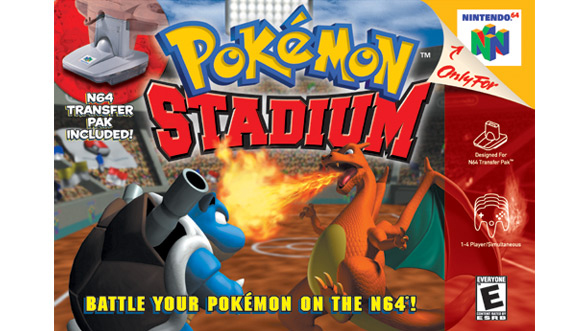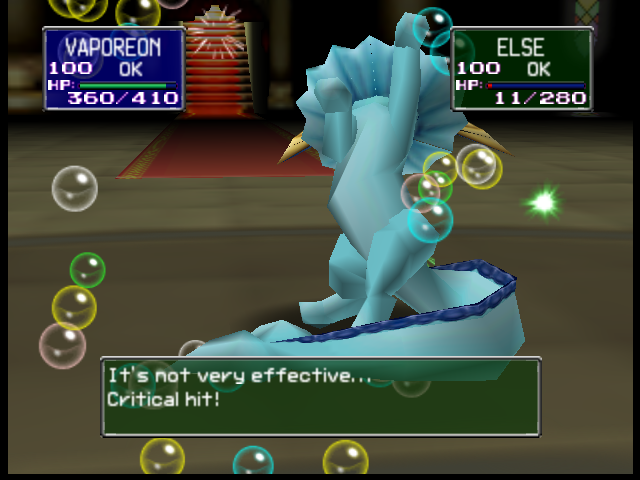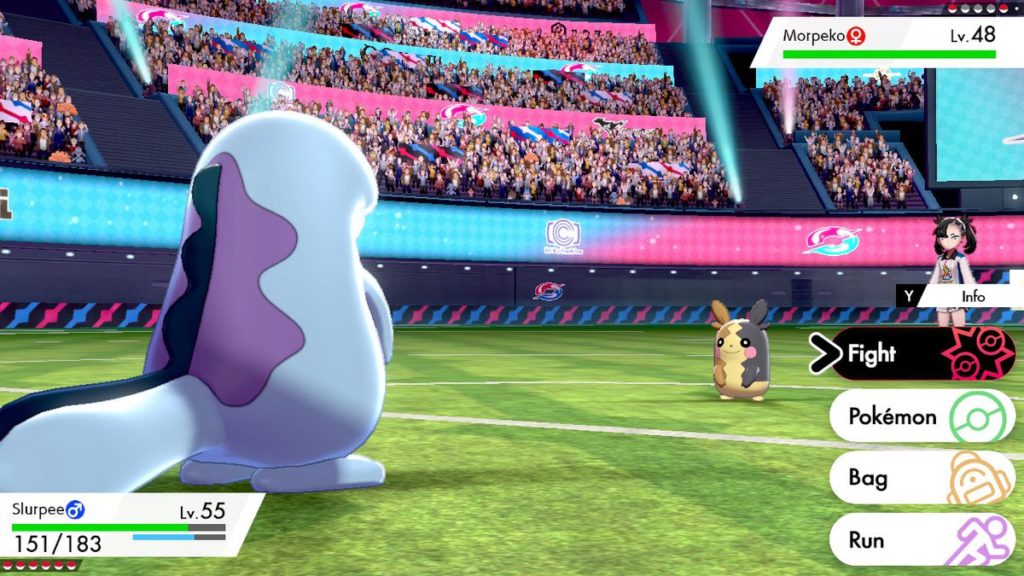Pokemon is a massive franchise that has gone strong since its inception with Pokemon Red and Green in 1996. The series is mainly known for the main series games which are RPG games centered around the player collecting pokemon, battling pokemon, and going through some storyline such as saving the world or taking down a crime organization. Aside from the main-series games, there are also numerous spinoff games that utilize the Pokemon name, but in different ways. For my retro game to review I decided to cover one of these spin-off games Pokemon Stadium, released for the Nintendo 64 in 1999.

Pokemon Stadium scraps the RPG and narrative elements of Pokemon entirely and is moreso classified as a strategy game as the game is completely focused on pokemon battles. The game consists of a couple of areas the player can play in. There is the Gym Leader tower where the player will challenge gym leaders from the main game in battles, the Pokemon Stadium where the player plays in tournaments of varying difficulty, and the Kid’s Club which features a Mario Party-esque selection of mini-games. Additionally, the game offered compatibility with the Gameboy allowing players to transfer their pokemon from Red, Blue, and Yellow to the game as well as a Free-play mode that allowed two players to battle each other. Pokemon Stadium takes the battle and PVP mechanics from the main series games and centers the game entirely around those mechanics solely, and it is through the utilization of graphics to enhance the core mechanic of pokemon battles that set this game apart and creates a new experience while adapting a mechanic from the main series games.

Pokemon Stadium’s graphics do a great job of enhancing the battling aspect of the Pokemon series. Pokemon Stadium utilizes 3D graphics as opposed to the 2D graphics of the main series games (the main series games switch to 3D eventually in Generation 6) and in my opinion, the 3D models of the Pokemon help enhance the overall battling experience through spatial storytelling and making these battles feel more visually exciting. Every model has its own animations and is constantly moving. This makes the battles feel more dynamic compared to how they appear in the main games with static sprites shooting particles at each other. This adds some visual interest to the battles and makes them feel more action-packed compared to the static nature of the main series battles. Each pokemon moves when they attack or get attacked and this is very reminiscent of battles in the popular Pokemon TV show where you see two pokemon facing each other in arenas battling. Although the pokemon anime is 2D animated there is a sense of depth and the pokemon move through space which can’t be recreated with the flat sprites and empty backgrounds of the main series games at this time. Pokemon Stadium manages to recreate that action that you see in the show to an extent with its 3D graphics. This is an example of how Pokemon Stadium used spatial storytelling as the recognizable imagery from the TV show such as pokeballs and two pokemon facing off paired with the almost cinematic way the camera during the battles pans between both pokemon (as if the battle is being broadcast) to create an evocative space that really gives the feeling of being a pokemon trainer watching your pokemon fight. The models are also shown to vary in scale when compared to each other with examples being Caterpie (a bug pokemon) appearing significantly smaller than Dragonite (a dragon) this adds to the overall world-building and spatial storytelling of the game as seeing the creatures vary in shapes and sizes creates a sense of just how diverse the creatures in this world are and how they might reflect nature in real life.


In honing in on one mechanic (battles), Pokemon Stadium was able to focus on creating impressive graphics for the time which both enhance the sole mechanic the game focuses on by making it feel more dynamic and action-packed as well as give a sense of the world/create an evocative space. The use of 3-d models was eventually adapted to the main series games starting in Generation 6 and I would argue that the level of immersion with how dynamic the battles were when utilizing 3D models in Pokemon Stadium and its future sequels in part inspired and laid the groundwork for the how Pokemon would eventually depict battles in the future main series games. I think it is quite fascinating to look at one of Pokemon’s first attempts at turning Pokemon 3D and how those graphics carry through in future games and what those graphics do to enhance the gameplay experience of pokemon battles!


